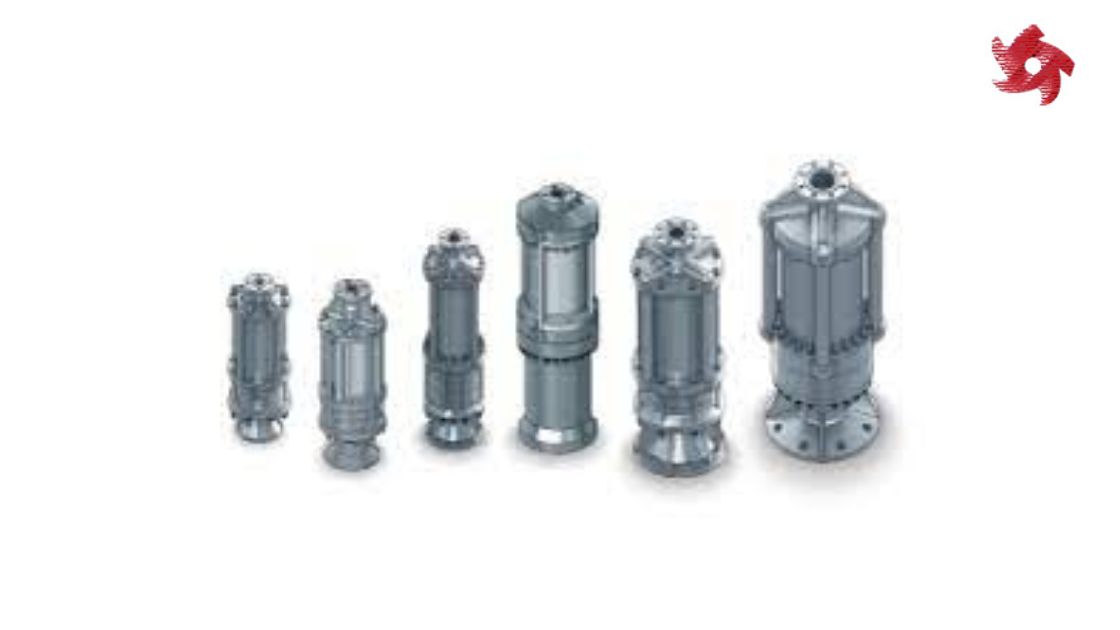Cryogenic Pumps

Cryogenic pumps are specifically designed to handle extremely low-temperature fluids, typically below -150°C (-238°F), such as liquefied gases or cryogenic liquids. These pumps are crucial components in cryogenic systems used in industries like aerospace, energy, medical, and research. Cryogenic fluids, such as liquid nitrogen, oxygen, hydrogen, helium, and argon, require specialized pumps due to their unique properties and the challenges associated with their low temperatures. Here are some common types of cryogenic pumps:
- Centrifugal Pumps: Centrifugal pumps modified for cryogenic applications are commonly used for handling large volumes of cryogenic fluids. These pumps typically feature low-temperature seals, special materials, and insulation to minimize heat transfer and maintain the low temperature of the fluid.
- Positive Displacement Pumps: Positive displacement pumps, such as reciprocating piston pumps or rotary vane pumps, are suitable for cryogenic applications that require high-pressure delivery and precise flow control. These pumps can handle low-temperature fluids effectively while maintaining the required pressure and flow rates.
- Turbomolecular Pumps: Turbomolecular pumps use high-speed rotating blades to create a vacuum by pushing gas molecules in the direction of the exhaust. These pumps are commonly used in cryogenic systems that require ultra-high vacuum conditions, such as in research and semiconductor industries.
- Submerged Pumps: Submerged cryogenic pumps are designed to operate submerged in cryogenic liquid, typically within a storage tank. They are used for transferring the cryogenic fluid from the tank to another location or for recirculation within the tank. These pumps are specifically designed to handle the low temperatures and prevent heat leakage into the cryogenic liquid.
Cryogenic pumps often require special materials and construction techniques to withstand the extreme temperatures and prevent excessive heat transfer that could cause the cryogenic fluid to warm up and lose its desired properties. Insulation and sealing techniques are also critical to minimize heat ingress and prevent excessive boil-off of the cryogenic fluid.
Proper selection and sizing of cryogenic pumps depend on factors such as the type of cryogenic fluid, flow rate, pressure requirements, system design, and specific application needs. It’s important to follow manufacturer guidelines and recommended practices for installation, operation, and maintenance of cryogenic pumps to ensure their safe and efficient performance in cryogenic systems.
Related Links
Multiple keywords
pumpmanufacturer, pump, aoddpump, aodd, aoddpumps


